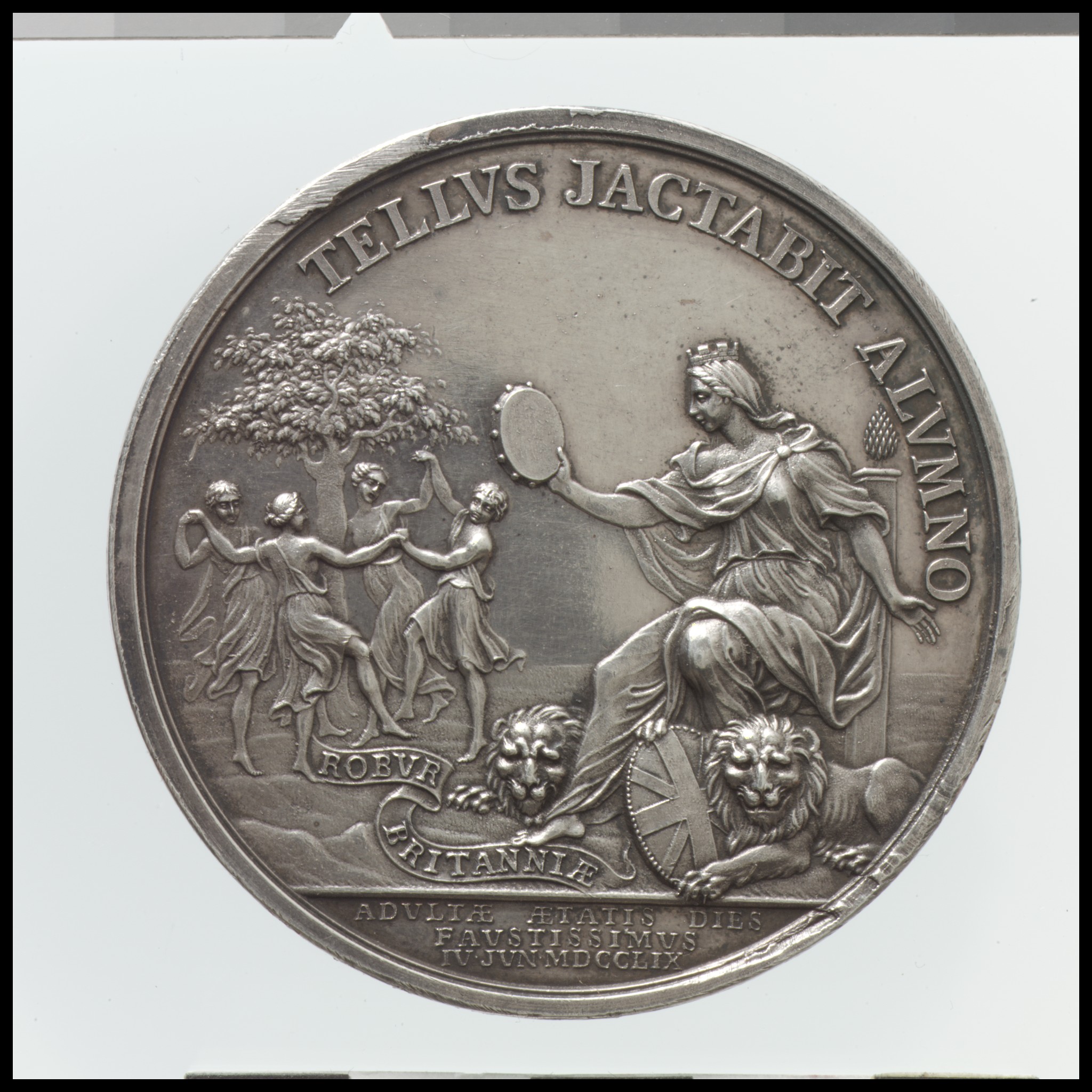|
Lewis Pingo
Lewis Pingo (1743 - 26 August 1830), was a noted eighteenth medallist and engraver. From a family of engravers and medallists, he was the son of the Assistant Engraver at the Mint, Thomas Pingo. He was also the brother of the engraver, John Pingo and the York Herald, Benjamin Pingo. Career In 1776 he was appointed to succeed his father as assistant-engraver at the mint where he served until 1779 when he was appointed chief engraver. Pingo engraved the dies for the shillings and sixpences of George III in the issue of 1787 and the second variety of the Maundy money of George III. He also engraved dies for the three-shilling Bank token and for the East India Company's copper coinage. He made patterns for the guinea, seven-shilling piece, penny and halfpenny of George III. Among Pingo's medals may be noticed: medal of Dr. Richard Mead, struck in 1773; the Royal Society Copley medal, with bust of Captain J. Cook, 1776; Freemasons' Hall medal, 1780; ‘Defence of Gibraltar,’ 1782; C ... [...More Info...] [...Related Items...] OR: [Wikipedia] [Google] [Baidu] |
Medal
A medal or medallion is a small portable artistic object, a thin disc, normally of metal, carrying a design, usually on both sides. They typically have a commemorative purpose of some kind, and many are presented as awards. They may be intended to be worn, suspended from clothing or jewellery in some way, although this has not always been the case. They may be struck like a coin by dies or die-cast in a mould. A medal may be awarded to a person or organisation as a form of recognition for sporting, military, scientific, cultural, academic, or various other achievements. Military awards and decorations are more precise terms for certain types of state decoration. Medals may also be created for sale to commemorate particular individuals or events, or as works of artistic expression in their own right. In the past, medals commissioned for an individual, typically with their portrait, were often used as a form of diplomatic or personal gift, with no sense of being an award for ... [...More Info...] [...Related Items...] OR: [Wikipedia] [Google] [Baidu] |
Thomas Pingo
Thomas Pingo (1714–1776) was an English medallist and die engraver. He worked for the Royal Mint in London. Originally thought to have come from Italy in 1742, and born there in 1692, he was in fact the son of Thomas Pingo Sr (1688 – after 1743) of Plumbtree Court, London. The Pingo family first appeared in London in the 1650s in the Parish of St Martin-in-the-Fields (parish), St Martins-in-the-Fields.Christopher Eimer, The Pingo Family, British Art Medal Trust, London 1998, p.12-17. His subjects included Charles Edward Stuart (Bonny Prince Charlie, King George III of Great Britain and Prince Frederick, Duke of York and Albany, last Prince-Bishop of Osnabrück (1763 - 1827) ]. His was appointed Assistant Engraver at the Mint in 1771. Private life He married Mary in 1711 and they had 14 children, four of whom were notable. Their daughter Mary Pingo was an artist and designer; baptised in 1741, she died unmarried in 1819. Their sons Lewis Pingo (bap. 1743–1830) and John Pin ... [...More Info...] [...Related Items...] OR: [Wikipedia] [Google] [Baidu] |

